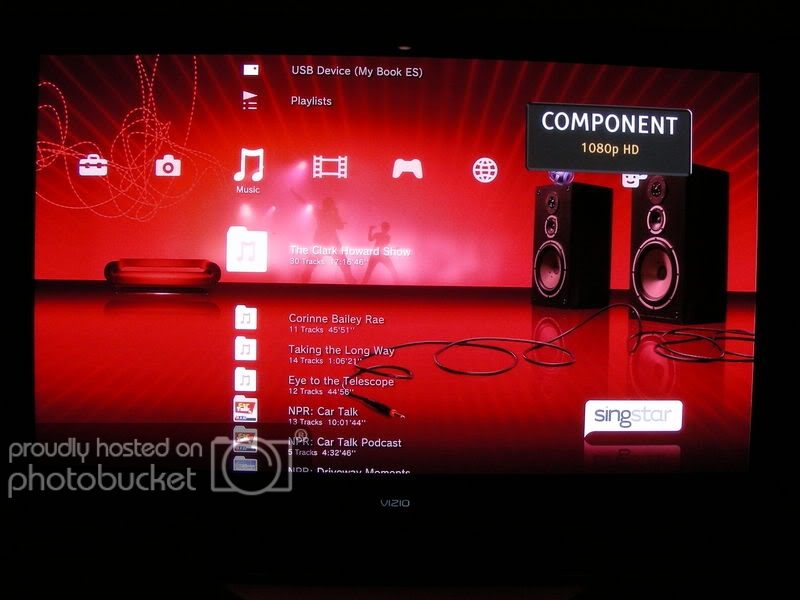Digital-Nitrate, with all due respect, you're blowing smoke up some folks behinds if you think they're going to sit that close to their set to notice the difference. The average viewing distance for a household is 4 to 6 feet from the set.
Go back and read what I said... the example I gave was 10 feet away and again it still has NOTHING to do with the size of the screen but the ratio between the distance and the screen size. The ability to discern detail between two identical images of different sizes has to do with how much the image fills your field of vision.... PERIOD.
If you suggest anything else you are absolutely not right, and are indeed simply passing on a myth that is false. It isn’t even a subjective view... science proves this!
You do not have to guess, as the human vision system is quite scientifically proven, and a human with 20/20 vision (corrected or by nature) can discern more detail from ten feet away, than just 2.1 million dots on a 5 sqft area (the same as a 40" TV).
More to the point, for which you seem to have ignored, is that from 2-3 feet away from a 22" monitor, you can see even more detail... which is also why PC monitors have had high resolution screens long before HDTVs.
Thus that alone proves your statement that you need to have a 50" screen to tell the difference completely and utterly untrue.
As far as consumer displays, I have held countless projector and display shootouts, many times doing 'blind' testing between identical displays and identical images and test patterns with the exception of the resolution, where the participants do not know which display is showing 1080p, and which is 720p scaled to 1080p, and they always pick the 1080p set, even at D:W ratios as high as 5:1 and I have reported as such in the past, and most recently with the latest Vizio PDP I bought.
I understand your information, and it's correct, but you leave quite a bit out, somewhat misleading the already misled.
Huh?? I was quite specific.
If you are seeking an example of misleading and unspecific:
"That said, unless your set is larger than 50", you won't notice the difference between 1080p and 720p."
I bet if you took something 720p and tossed it on the display and asked him (or anyone) to guess what resolution it was from 6" on a screen smaller than 50", you'll have a 50/50 chance to guess correctly, but you will be guessing.
I will GLADLY take that bet in a heart beat! In fact, you are welcome to join me next time I host another shootout, which I do regularly, and I'll let you help me set up the blind test exactly as you say, two identical 50" displays (which I have access to), viewed from 6' away
(a D:W of 1.7 - close to THX's recommended ratio), and I guarantee what ever size bet you want to make that at least 75% will tell the difference between identical 1080p and 720p images.
Easy money!

In fact, if you are really serious I'll set up a shootout just for this test. 👍
While you may post up numbers and facts, reality and the human eye are very different.
That makes no sense. It sounds like you think the human eye is magical, and no one understands how it works and what we are capable of seeing?
While you may post up numbers and facts, reality and the human eye are very different. Specifications are one thing, but what people actually see is another, and pretending that posting up numbers somehow validates your side of the story is a bit OTT, considering all of the variables that can come into play when discussing resolution, viewing distance, etc.
Please read your comment and mine... I gave very specific details that eliminate variables... you have not. By making blanket statements proclaiming that unless your set is larger than 50", you won't notice the difference between 1080p and 720p is leaving out all the necessary details and not accounting for any variables.
Seriously JR, you simply are not right, and if a monetary bet on that exact set of variables you have already listed is the only way to change your mind, I'm all for it, and 100% confident in the results, as it would not be the first time I've seen them. 👍
At the very least I'll gladly stake my professional reputation and experience in the film, AV, and HT industry, and as a certified ISF calibrationist.
 👍
👍 👍
👍

 and Call of Duty both run in 1080i on my tv. (32 inch sharp)
and Call of Duty both run in 1080i on my tv. (32 inch sharp)


